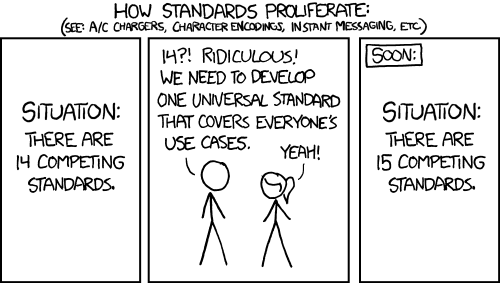There are several standards
I know I'm taking this out of context, but there in four words is the problem.
Though it was generally not EMUs that worked to Weymouth, but unpowered 4TC units.
It's irrelevant. The important thing is that a locomotive could reliably haul, be controlled by, and provide ETS to a multiple unit. It proves the concept can work.
The big issue with Pendo drags (that probably put everyone off in favour of bi-modes for future procurement) is that neither unit or locomotive had really been designed outright for doing this on a regular basis. Nor could the unit control the locomotive so running round at Holyhead was necessary in addition to time-consuming shunt moves at Crewe on the Up to get the locomotive out of the way. Coupling up was unreliable, there were numerous problems, the unit was effectively dragged DIT for most functions.
If properly designed it would be no different to an 800 dragging an 801 (as I understand does happen on occasion). The locomotive is there waiting in the platform, the unit pulls in, couples up as units do up and down the country every day, the locomotive feeds ETS (probably known as Head End Power these days), and has full access to the functions of the unit's TMS. On the return the train arrives, locomotive is detached from the rear (again as you'd detach another unit), either leaving the loco in the platform for the next arrival or shunting it without delay to the train which can continue forward.
It works between units every day (yes, I know that coupling faults occasionally happen) so there is no fundamental reason that it couldn't be implemented for a loco/unit combination. Someone just has to specify it.
Unfortunately someone at the DfT saw the farce going on at Crewe, decided that all locomotives took ages to couple (something around 15 minutes was claimed), and the result was the "bi-mode" specified for the IET programme. Bi-modes do offer more flexibility and you can divert at very short notice, but that comes at a cost of carting around a load of diesel engines, paying Hitachi handsomely for the privilege.


